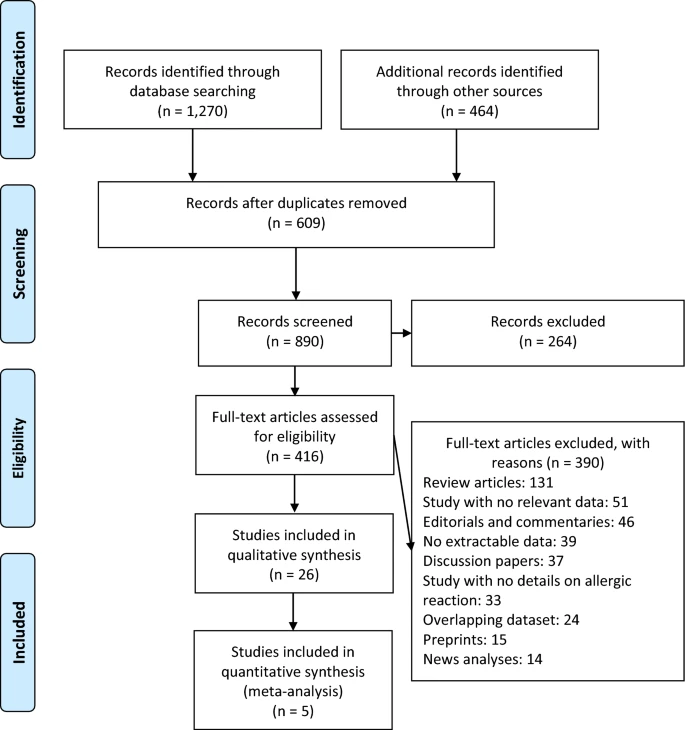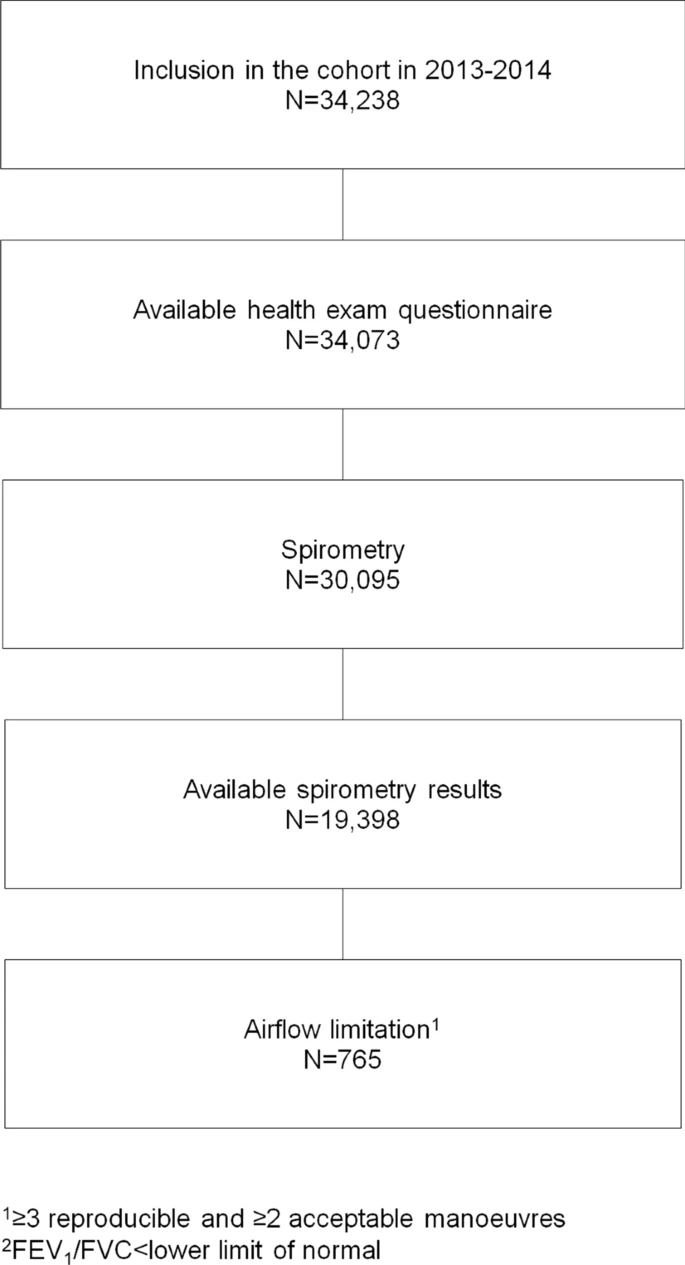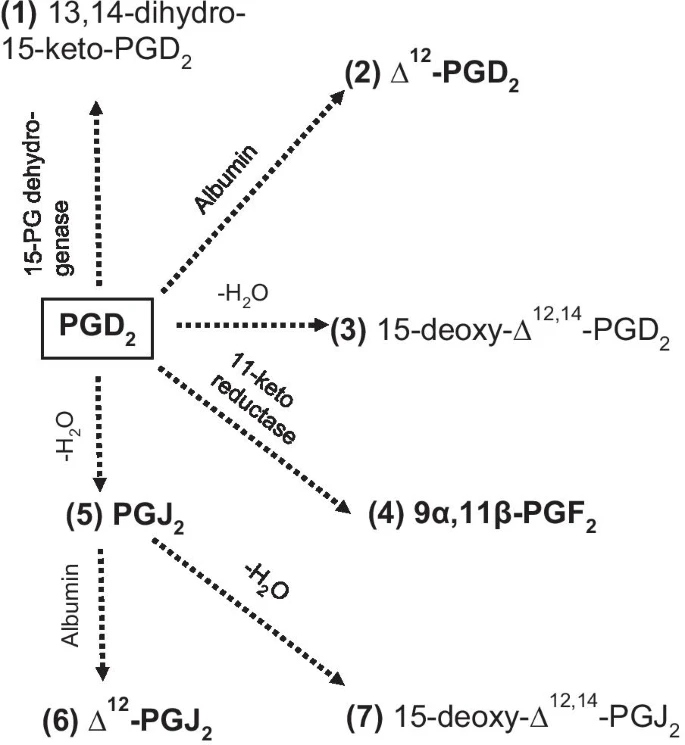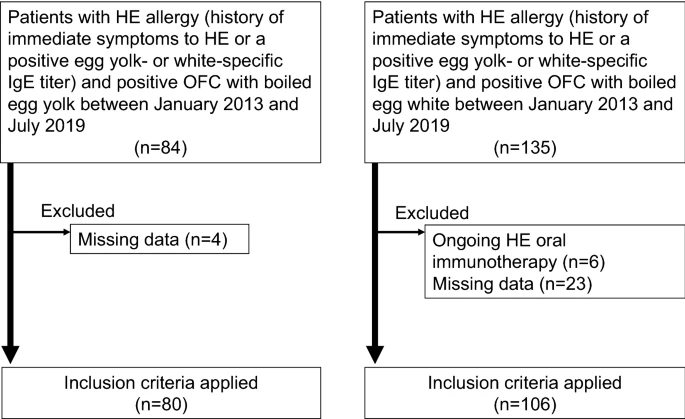
Allergy, Asthma & Clinical Immunology 17, Article number: 110 (2021)
Abstract
Background
Intimacy-related allergic reactions, including anaphylaxis, are under-reported due to social stigma, lack of awareness, and misdiagnosis. The differential diagnosis for intimacy-related anaphylaxis is extensive and includes systemic human seminal plasma allergy, exercise-induced anaphylaxis, asthma exacerbation, latex allergy, and transference of food or drug allergens through saliva or seminal fluid.





